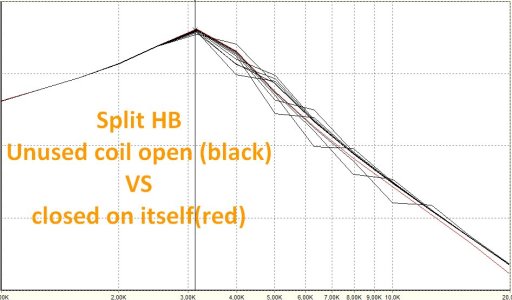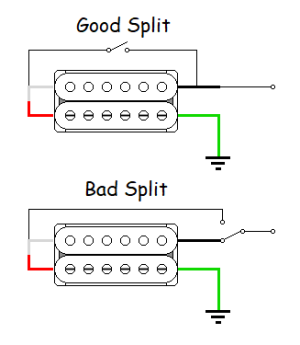Bowtomecha
New member
People that split their humbuckers, do you short to ground or short to hot? I’m not concerned with which coil the humbucker is split to since the wiring can be inverted on the pickups to get the right coil. Just wondering which method you prefer to split at the junction of the coils. I remember people saying that shorting to hot can make an audible pop when switching and that shorting to ground makes for a quieter split without the other coil injecting any sound into the output? But I’ve heard that one of these ways makes for almost an antenna for noise. What do you think?


